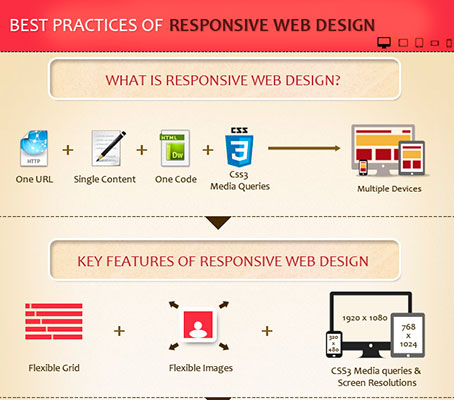The Development Of Site Design: From Past To Present
The Development Of Site Design: From Past To Present
Blog Article
Created By-Solis Gibbons
In the past, internet sites were simple and focused on information. Navigation was direct, and style was for desktop computers. Now, customer experience is essential. Information guides styles for simple navigating. Receptive formats suit different tools. https://www.entrepreneur.com/article/398648 , dark mode reduces strain, and minimal food selections improve navigation. Interactive functions involve users, and bold visuals stand apart. AI integration improves interaction. See exactly how design has actually advanced to improve your online trip.
Very Early Days of Website Design
In the very early days of web design, simpleness reigned supreme. https://website-marketing-tools41739.blogdal.com/30271239/by-following-these-actions-you-ll-enhance-your-chances-of-locating-the-ideal-digital-marketing-firm-to-assist-your-company-do-well-in-the-affordable-on-the-internet-landscape were basic, with minimal shades, typefaces, and layouts. The focus got on offering details rather than flashy visuals. Customers accessed the net through slow-moving dial-up links, so rate and performance were vital.
Navigating food selections were straightforward, commonly situated at the top or side of the web page. Internet sites were created for desktop computers, as mobile surfing wasn't yet prevalent. Content was king, and designers focused on simple readability over complex layout aspects.
HTML was the primary coding language utilized, and designers had to function within its restrictions. Computer animations and interactive functions were very little contrasted to today's requirements. Web sites were fixed, with little dynamic content or individualized individual experiences.
Increase of User-Focused Design
With the development of web site layout, a shift in the direction of user-focused layout concepts has become increasingly famous. Today, developing sites that prioritize user experience is important for involving site visitors and achieving company objectives. User-focused design entails understanding the requirements, preferences, and habits of your target audience to customize the internet site's format, content, and includes appropriately.
Designers currently carry out complete research, such as user surveys and use testing, to collect understandings and responses directly from individuals. This data-driven strategy helps in creating instinctive navigating, clear calls-to-action, and visually appealing interfaces that reverberate with site visitors. By putting the user at the center of the layout procedure, web sites can provide a more personalized and pleasurable experience.
Responsive layout has likewise emerged as an essential facet of user-focused layout, making sure that web sites are optimized for numerous devices and screen sizes. This versatility boosts access and functionality, dealing with the diverse methods users engage with web sites today. Basically, the increase of user-focused design represents a shift towards creating digital experiences that prioritize the requirements and expectations of the end customer.
Modern Trends in Website Design
Discover the most recent trends shaping web design today. One noticeable pattern is dark setting layout, using a smooth and modern appearance while lowering eye pressure in low-light settings. Another crucial pattern is minimal navigating, simplifying food selections and enhancing customer experience by concentrating on essential elements. Including micro-interactions, such as computer animated buttons or scrolling results, can develop a more interesting and interactive site. seo web expert remains important, making sure smooth user experiences throughout various gadgets. In addition, using vibrant typography and asymmetrical layouts can add visual rate of interest and accentuate particular material.
Integrating AI innovation, like chatbots for customer assistance or individualized recommendations, enhances user engagement and enhances procedures. Access has likewise become a substantial pattern, with developers focusing on comprehensive design practices to deal with diverse user requirements. Embracing sustainability by enhancing internet site efficiency for rate and effectiveness is one more emerging pattern in web design. Working together with individual comments and data analytics to repeat and improve style continually is vital for staying appropriate in the ever-evolving digital landscape. By accepting these modern-day trends, you can develop a visually appealing, straightforward internet site that reverberates with your target market.
Final thought
As you review the advancement of internet site style from the very early days to now, you can see just how user-focused design has actually ended up being the driving pressure behind modern patterns.
Welcome the trip of adjustment and adaptation in website design, constantly keeping the user experience at the forefront.
Remain current with the current trends and modern technologies, and never ever quit progressing your strategy to produce visually sensational and easy to use sites.
Progress, adjust, and create - the future of website design remains in your hands.
